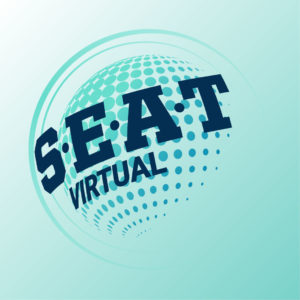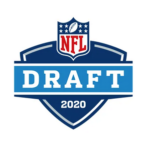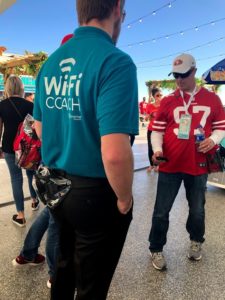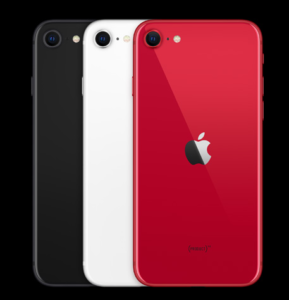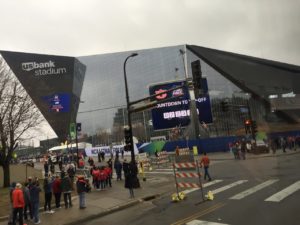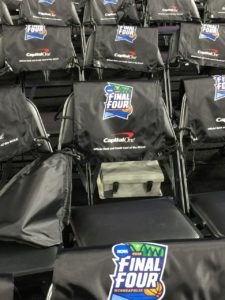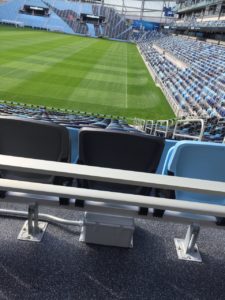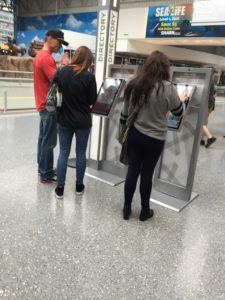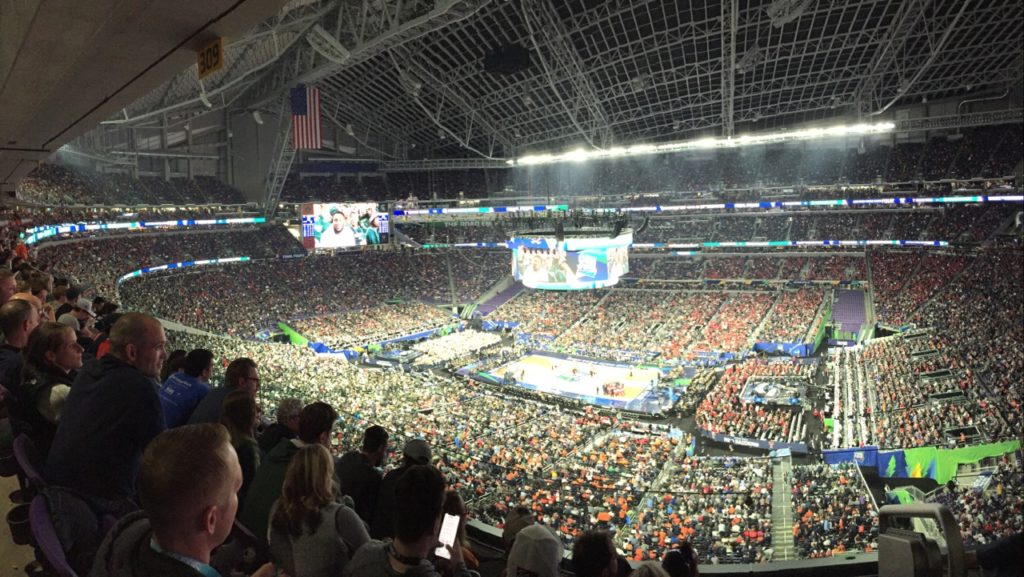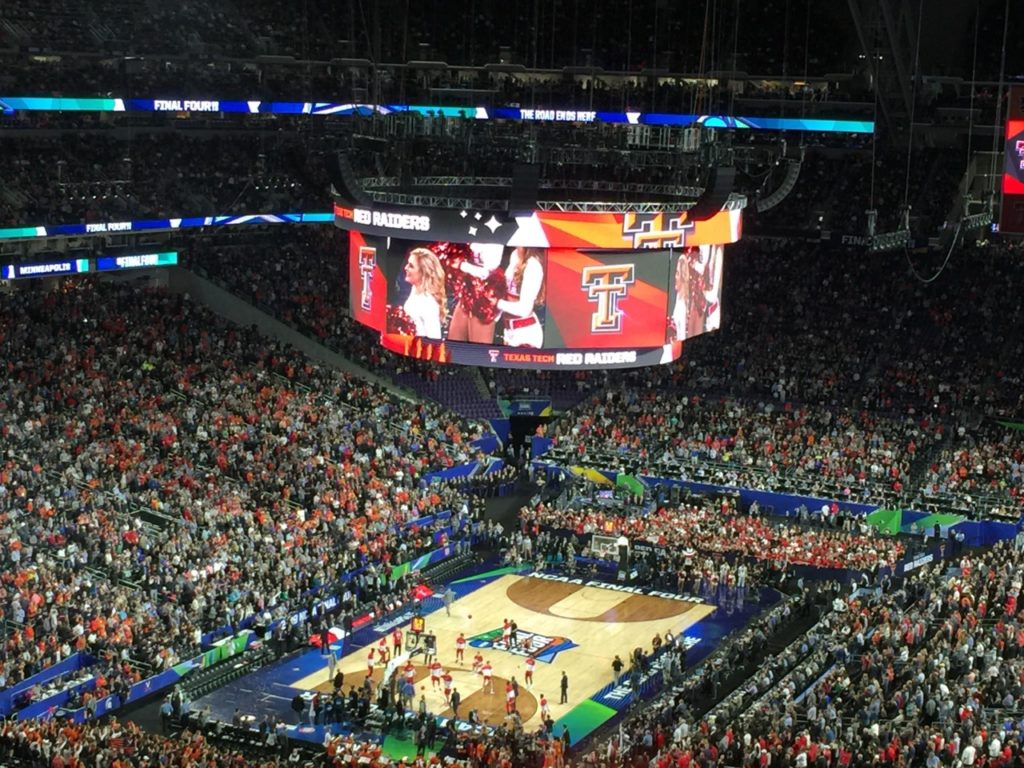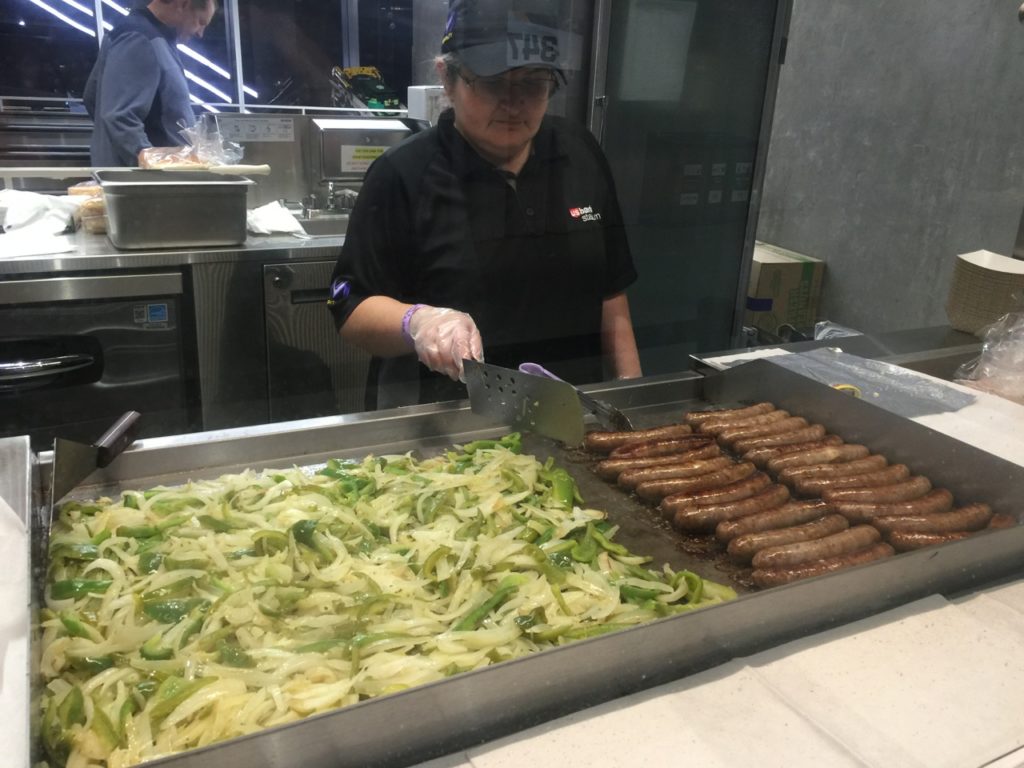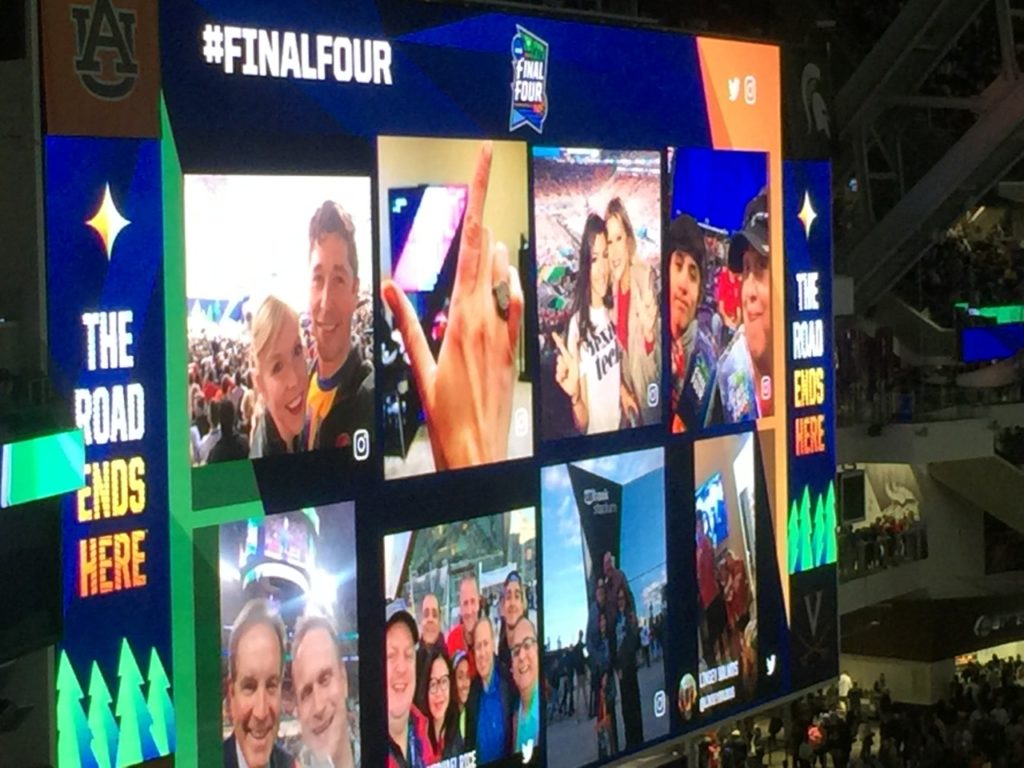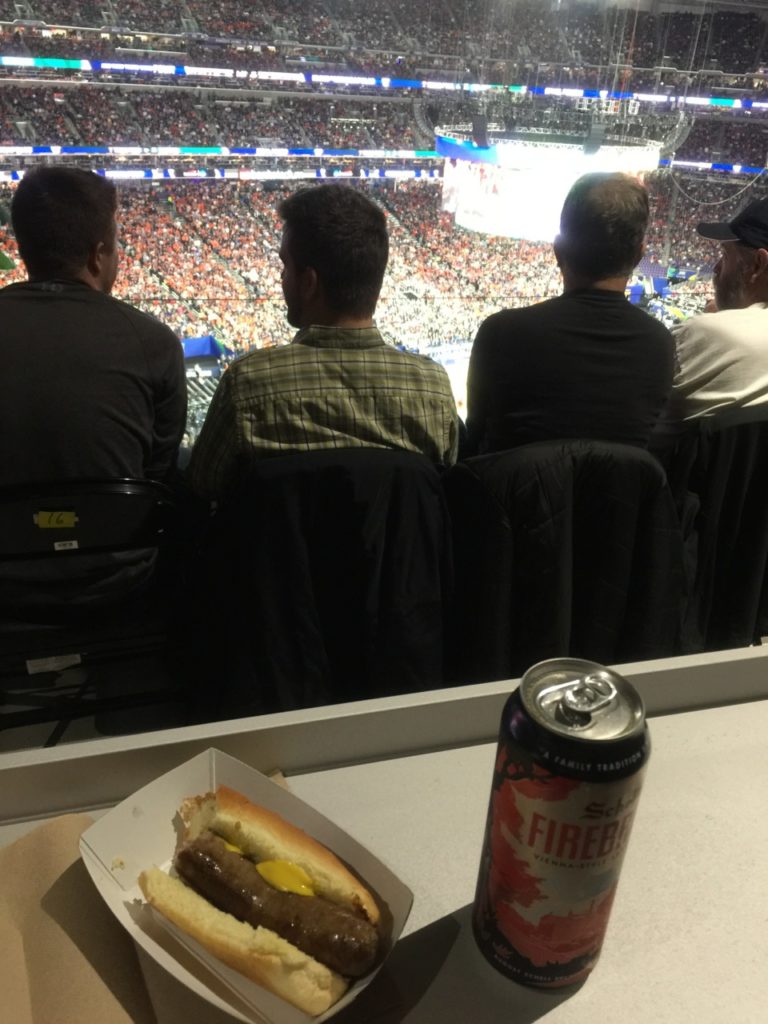Gavin Newsom, governor of California, tweeted out some information Tuesday on a staged approach California will take toward re-opening the economy following the current coronavirus shutdowns — and it’s not good news for those looking forward to returning to live sports events in the state anytime soon.
In a tweet thread where he said “Our re-opening must be gradual, guided by public health and science,” Newsom outlined four stages of “re-opening,” starting with Stage 1 of “Safety and Preparedness,” which is what the state currently does with stay-at-home measures. In Stage 2 Newsom forsees opening of “lower-risk workplaces,” including retail, manufacturing and some offices. It isn’t until Stage 3 when Newsom foresees opening “higher-risk workplaces,” where his list includes “sports without live audiences.”
Then finally he gets to Stage 4, where the “end of the stay-at-home order” includes live audiences for sports events, but only “once therapeutics have been developed.” According to news reports, Newsom said Phase 3 and Phase 4 are likely “months away.”
STAGE 4: End of Stay-At-Home Order
Re-opening the highest risk parts of our economy — once therapeutics have been developed.
This will include mass gatherings such as:
– Concerts
– Convention Centers
– Live audience sports— Gavin Newsom (@GavinNewsom) April 28, 2020
According to news reports, the first “Phase 2” openings could be weeks away, Newsom said. It’s not yet apparent whether the Stage 4 phase will require a vaccine, or if “therapeutics” means other kinds of treatments. We will continue to follow this story and provide updates as we get them.
